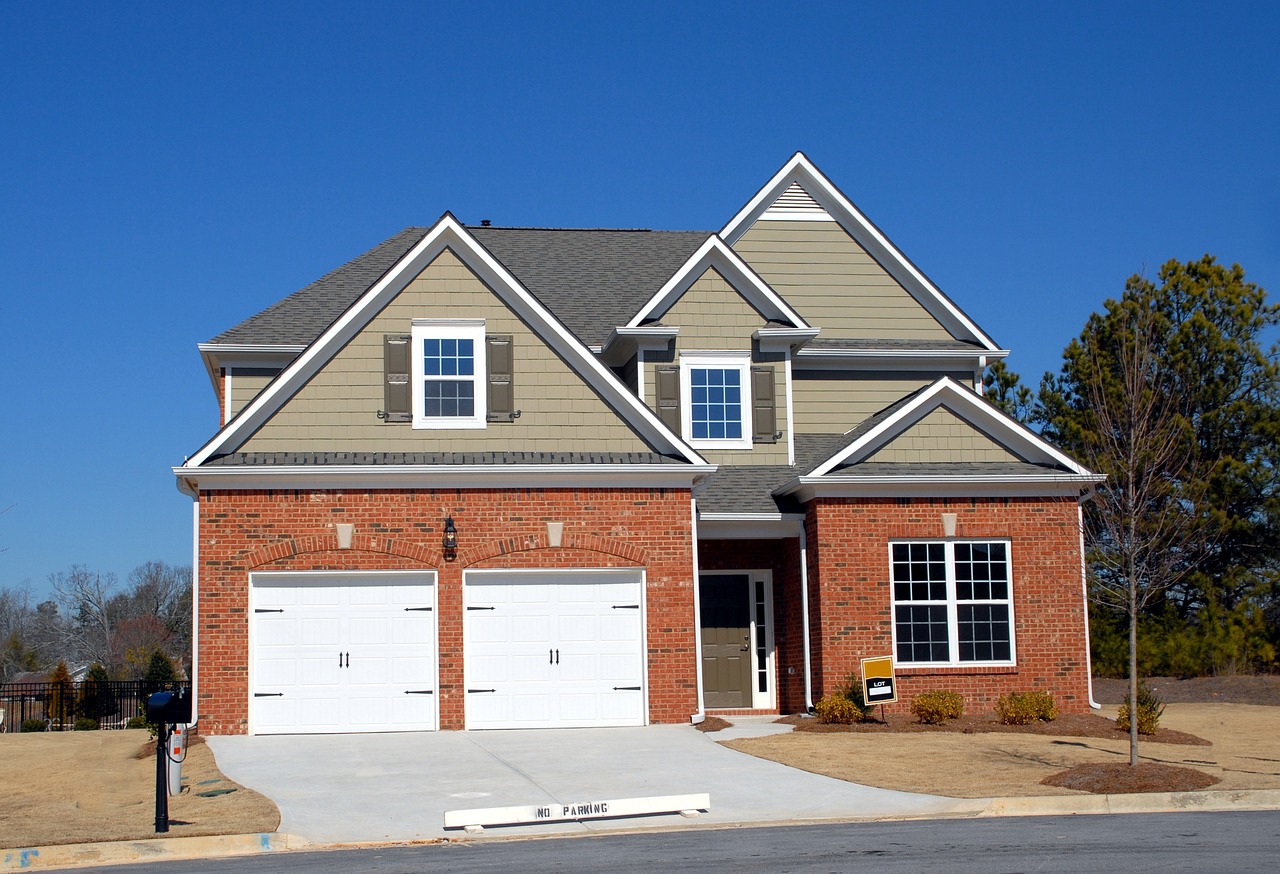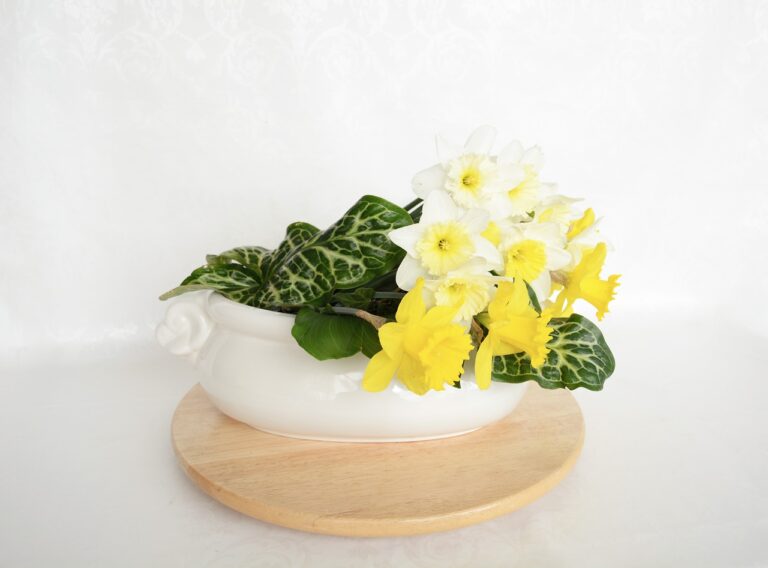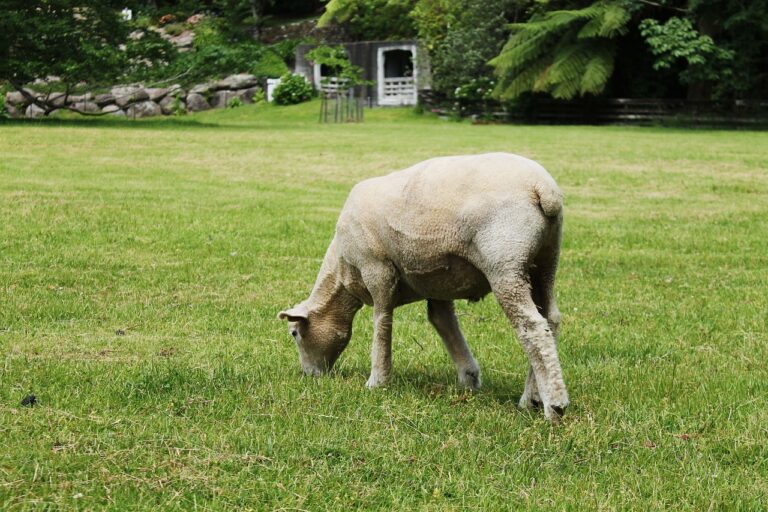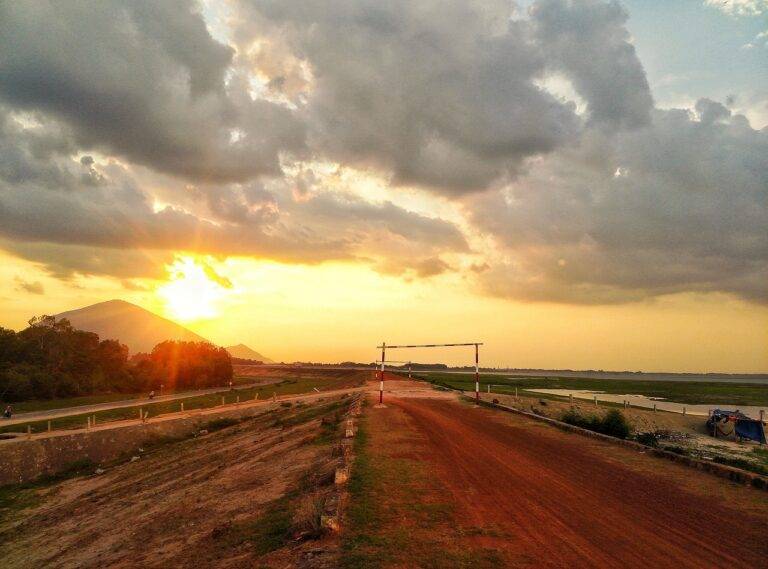DIY Tips for Landscaping Your Outdoor Spaces: From Planting Techniques to Hardscaping Projects
When embarking on a DIY landscaping project, preparation is key. Start by assessing your outdoor space and determining the needs and vision you have for it. Consider factors like sunlight exposure, soil quality, and the amount of maintenance you are willing to commit to. This initial planning phase will set the foundation for the rest of your project.
Next, gather the necessary tools and materials to execute your landscaping plan. Basic tools like shovels, gloves, pruners, and a wheelbarrow are essential for most landscaping projects. Depending on the scale of your project, you may also need items like mulch, plants, stones, or landscaping fabric. Having everything you need on hand before you begin will streamline the process and prevent unnecessary delays.
Choosing the Right Plants for Your Space
When selecting plants for your outdoor space, it’s crucial to consider the environmental conditions they will be exposed to. Factors such as sunlight exposure, soil type, and climate play a significant role in the success of your garden. Make sure to choose plants that are well-suited for your specific location to ensure they thrive and flourish.
Additionally, take into account the size and scale of your space when choosing plants. Opt for plants that will complement the overall aesthetics of your garden and won’t overcrowd the area. By carefully considering the environmental factors and the design of your space, you can create a harmonious and visually appealing garden that will bring joy and beauty to your surroundings.
Creating a Functional Layout
The key to a successful outdoor space is a well-thought-out layout that maximizes the functionality of your yard. As you begin planning your landscaping design, consider the natural flow of movement in the area. Identify how you and your guests will use the space and create designated zones for activities such as dining, lounging, and gardening.
Incorporate pathways that connect different areas of your yard to ensure easy access and a cohesive feel to the overall design. Utilize materials that match the style and aesthetics of your home to create a seamless transition from indoor to outdoor living spaces. By carefully considering the layout of your landscaping design, you can transform your yard into a functional and inviting oasis that enhances your daily living experience.







